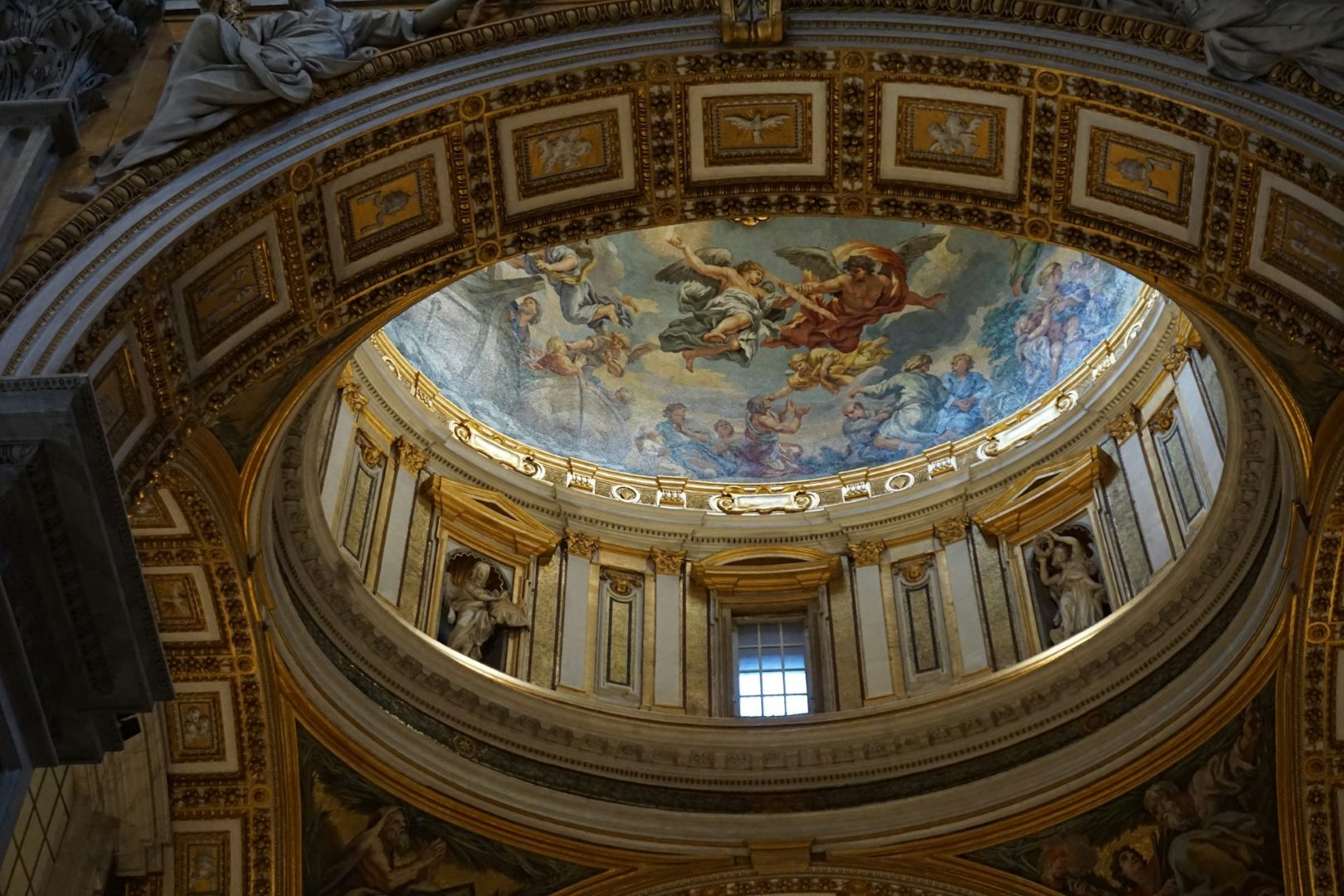Church windows are not mere architectural embellishments; they are portals to the sacred, illuminating the interior with ethereal beauty and conveying profound spiritual messages. From their humble origins to their breathtakingly intricate designs, these windows have played a vital role in the history, symbolism, and artistic expression of Christian faith.
History of Church Windows
Origins and Early Development
The earliest church windows date back to the 4th century, serving a practical purpose of providing natural light and ventilation. Made of simple, clear glass, they allowed daylight to flood the interior, creating a welcoming and uplifting atmosphere.
Romanesque and Gothic Periods
During the Romanesque period (11th-12th centuries), windows became larger and more elaborate, often featuring stained glass. These colorful windows depicted biblical scenes, saints, and other religious subjects, serving as vibrant teaching tools for the illiterate masses.
The Gothic period (12th-15th centuries) witnessed a dramatic transformation in church windows. The invention of the pointed arch and ribbed vaulting allowed for larger windows filled with intricate stained glass. These windows became prominent features of Gothic cathedrals, illuminating the interior with a kaleidoscope of light and color.
Symbolism and Meaning
Church windows are not just decorative elements; they are rich in symbolism and convey profound spiritual messages.
Light as a Metaphor
The most fundamental symbolism associated with church windows is light itself. Light represents the presence of God, illuminating the darkness and guiding the soul toward enlightenment.
Biblical Imagery
Many church windows depict biblical scenes, characters, and symbols. These images serve as visual reminders of the stories and teachings of the Bible, helping viewers connect with the divine.
Saints and Patrons
Windows often feature images of saints and patrons, representing the intercessors and protectors of the church. These figures provide inspiration and comfort to worshippers.
Types of Church Windows
There are various types of church windows, each with its own unique characteristics:
- Stained Glass Windows: These are the most iconic type of church windows, created by embedding colored glass pieces into lead frames. They are renowned for their vibrant colors and intricate designs.
- Painted Glass Windows: These windows are made by painting images or designs directly onto glass. They offer a more detailed and realistic style than stained glass.
- Etched Glass Windows: These windows are etched with designs using acid, creating a frosted effect that allows light to pass through while maintaining privacy.
- Leaded Glass Windows: Similar to stained glass, leaded glass windows use clear glass pieces held together by lead frames. However, they do not contain colored glass.
Restoration and Preservation
Church windows are precious and irreplaceable artifacts that require careful restoration and preservation.
Restoration Techniques
Restoration techniques for church windows include:
- Cleaning and repair of glass pieces
- Replacement of damaged lead frames
- Repainting or etching of images
- Reinstallation of windows using proper glazing techniques
Preservation Measures
To preserve church windows, it is essential to:
- Control humidity levels to prevent damage from moisture
- Install UV protection to guard against fading and discoloration
- Conduct regular inspections to identify potential problems early on
Conclusion
Church windows are remarkable works of art that transcend their aesthetic beauty. They serve as portals to the sacred, illuminating the interior with ethereal light and conveying profound spiritual messages. Through their rich symbolism, captivating designs, and historical significance, these windows continue to inspire and connect generations of worshippers.



